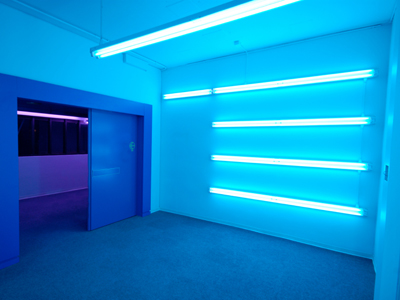
Electricity - Currents in Electrical Circuits
Electricity is a major topic in GCSE Physics. In this quiz we look specifically.at currents formed by the flow of electrons in electrical circuits.
From your studies of static electricity, you should by now be familiar with the idea that electricity is something to do with electrons. It seems that the ancient Greeks knew about static electricity - rubbing a substance called amber created a small force that could attract small objects. That was about the limit of knowledge until the scientific revolution in Europe during the Seventeenth Century. The physician to Elizabeth I, William Gilbert, experimented and described static electricity in many substances.
The origin of the word electricity is uncertain but it is thought to originate from the ancient Greek word for amber, elektron, in honour of the Greek discovery 2,000 years earlier. Amber is the fossilised resin of trees that is found in many places around the world. The largest source of amber is around the shores of the Baltic Sea and it is this amber that is used for jewellery. Occasionally amber contains beautifully preserved fossils of insects.
Ready for more?
not all...
quizzers. Try to win a coveted spot on our Hall of Fame Page.







